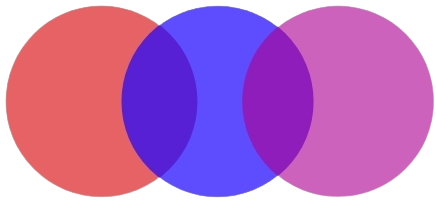How do you write time in Java?
In order to multiply numbers in Java, we will use the asterisk (*) between each number or variable.
- int x = 12;
- int y = 13;
- int z = x * y;
- System. out. println(“Multiplication: ” + z);
How do you handle time in Java?
The nicest way to use Quartz is probably by using the interface to it that Spring Framework provides, here’s a link to the reference manual. Joda-Time provides a quality replacement for the Java date and time classes. The design allows for multiple calendar systems, while still providing a simple API.
What is Java time?
time. A date-time with an offset from UTC/Greenwich in the ISO-8601 calendar system, such as 2007-12-03T10:15:30+01:00 . OffsetTime. A time with an offset from UTC/Greenwich in the ISO-8601 calendar system, such as 10:15:30+01:00 .
What is Java date and time?
Java provides the Date class available in java. util package, this class encapsulates the current date and time. The Date class supports two constructors as shown in the following table.
How do you add minutes in Java?
- import java. util. Calendar;
- public class Minutes{
- public static void main(String[] args) {
- //create Calendar instance.
- Calendar now = Calendar. getInstance();
- System. out. println(“Current time : ” + now. get(Calendar. HOUR_OF_DAY)
- + “:”
- + now. get(Calendar. MINUTE)
What is zoned date-time?
ZonedDateTime is an immutable representation of a date-time with a time-zone. This class stores all date and time fields, to a precision of nanoseconds, and a time-zone, with a zone offset used to handle ambiguous local date-times. For example, the value “2nd October 2007 at 13:45.30.
What is date and time API?
The Date-Time APIs, introduced in JDK 8, are a set of packages that model the most important aspects of date and time. time package use the calendar system defined in ISO-8601 (based on the Gregorian calendar system) as the default calendar. Other non-ISO calendar systems can be represented using the java.
How do I parse LocalDateTime?
Parsing date and time To create a LocalDateTime object from a string you can use the static LocalDateTime. parse() method. It takes a string and a DateTimeFormatter as parameter. The DateTimeFormatter is used to specify the date/time pattern.
What is date/time API in Java?
The Date-Time APIs, introduced in JDK 8, are a set of packages that model the most important aspects of date and time. time package use the calendar system defined in ISO-8601 (based on the Gregorian calendar system) as the default calendar. Other non-ISO calendar systems can be represented using the java. time.
Does Java have a time class?
Time class is a part of Java SQL package. This class is a thin wrapper around java. util. Date that allows JDBC API to identify this as a SQL TIME value.
Is there a time class in Java?
How do you compare time in Java?
In order to compare time, we use the compareTo() method of the LocalTime class. The compareTo() method of the class compares two LocalTime objects.
What is date and time in Java?
Java – Date and Time. Java provides the Date class available in java.util package, this class encapsulates the current date and time. The Date class supports two constructors as shown in the following table. This constructor initializes the object with the current date and time.
What is TimeZone class in Java?
Java TimeZone class represents a time zone offset, and also figures out daylight savings. It inherits the Object class. Let’s see the declaration of java.util.TimeZone class. It is used to get all the available IDs supported. It is used to get the default TimeZone for this host.
What are the methods of the date class in Java?
Following are the methods of the date class. Returns true if the invoking Date object contains a date that is later than the one specified by date, otherwise, it returns false. Returns true if the invoking Date object contains a date that is earlier than the one specified by date, otherwise, it returns false. Duplicates the invoking Date object.
How do I display the current time in Java?
Display Current Time. To display the current time (hour, minute, second, and nanoseconds), import the java.time.LocalTime class, and use its now () method:
